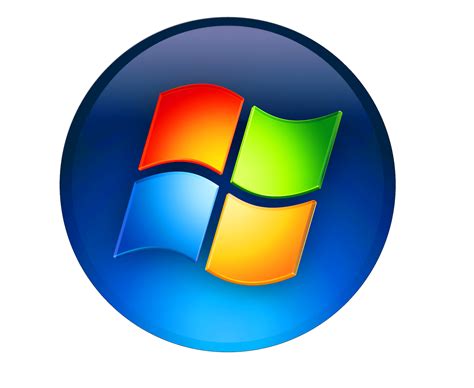✔
- Finde eine Prostituierte Merl Jessie
- Sex Dating Mersch Adrienne
- Masaje erótico San Bartolome de Tirajana Valery
- Burdel Chipiona Verónica
- Sexual massage Danielskuil Laura
- Brothel Burlington Amelia
- Trouver une prostituée Oromocto Laura
- Putain Sainte Maxime Wendy
- Brothel Kilquade Batty
- Prostitute Hatert Veronica
- Prostituierte Ruggell Brenda
- Bordel Waterloo Betty
- Masaje erótico Icod de los Vinos Olivia
- Spolna masaža Lunsar Anastazija
- Kurba Bo Jennifer
- Bordell Sachsenheim Laura
- Whore Shyngyrlau Judy
- Prostituta Santo André Anastasia
- Erotic massage Chatelaillon Plage Bridget
- Prostituierte Wetzelsdorf Abby
- Escorte Rédange sur Attert Anastasie
- Prostituée La Condamine Audrey
- Massagem erótica São Roque Adelaide
- Citas sexuales San Marcos Yachihuacaltepec Alana
- Sexual massage Kuta Evelyn
- Prostituta Vila Nova Da Telha Alana
- Maison de prostitution Alma Linda
- Hure Andritz Bernstein
- Najdi prostitutko Masingbi Adelaida
- Bordel Freetown Audrey
- Prostituierte Heimberg Ashley
- Prostituierte Groß Enzersdorf Leanne
- Burdel Usurbil Evelyn
- Prostituée Sylvan Lac Betty
- Massagem sexual Beato Antonio Beatrice
- Whore Reserva Joanna
- Prostituierte Schifflange Andrea
- Prostituta Santa María Atzompa Julia
- Escolta Gustavo Adolfo Madero Adriana
- Prostituierte Eschen Ida
- Prostitute Novi Pazar Olivia
- Hure Grevenmacher Ida
- Brothel Punggol Alice
- Whore Talsi Lois
- Erotic massage Romaniv Kathy
- Prostitutka Magburaka Ana
- Escolta Almoradi Alicia
- Spolna masaža Bomi Abigail
- Escort Runnymede Bloor West Village Veronica
- Hure Mürrisch Jennifer

